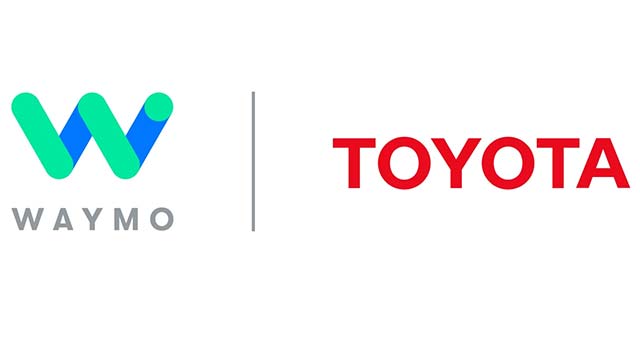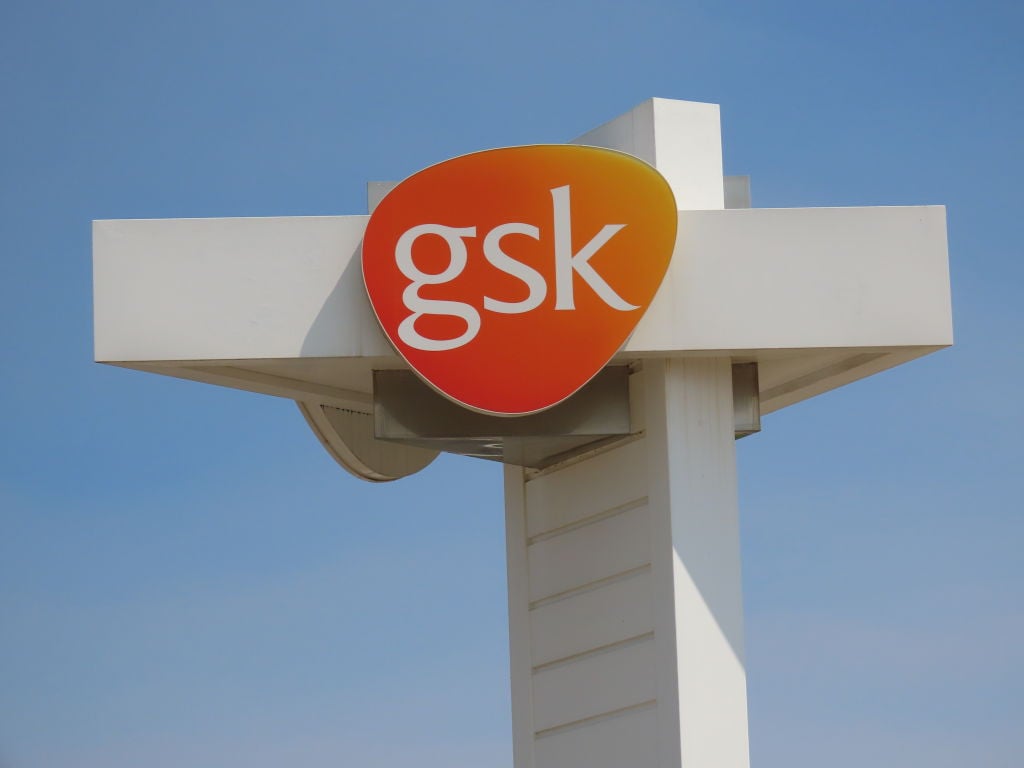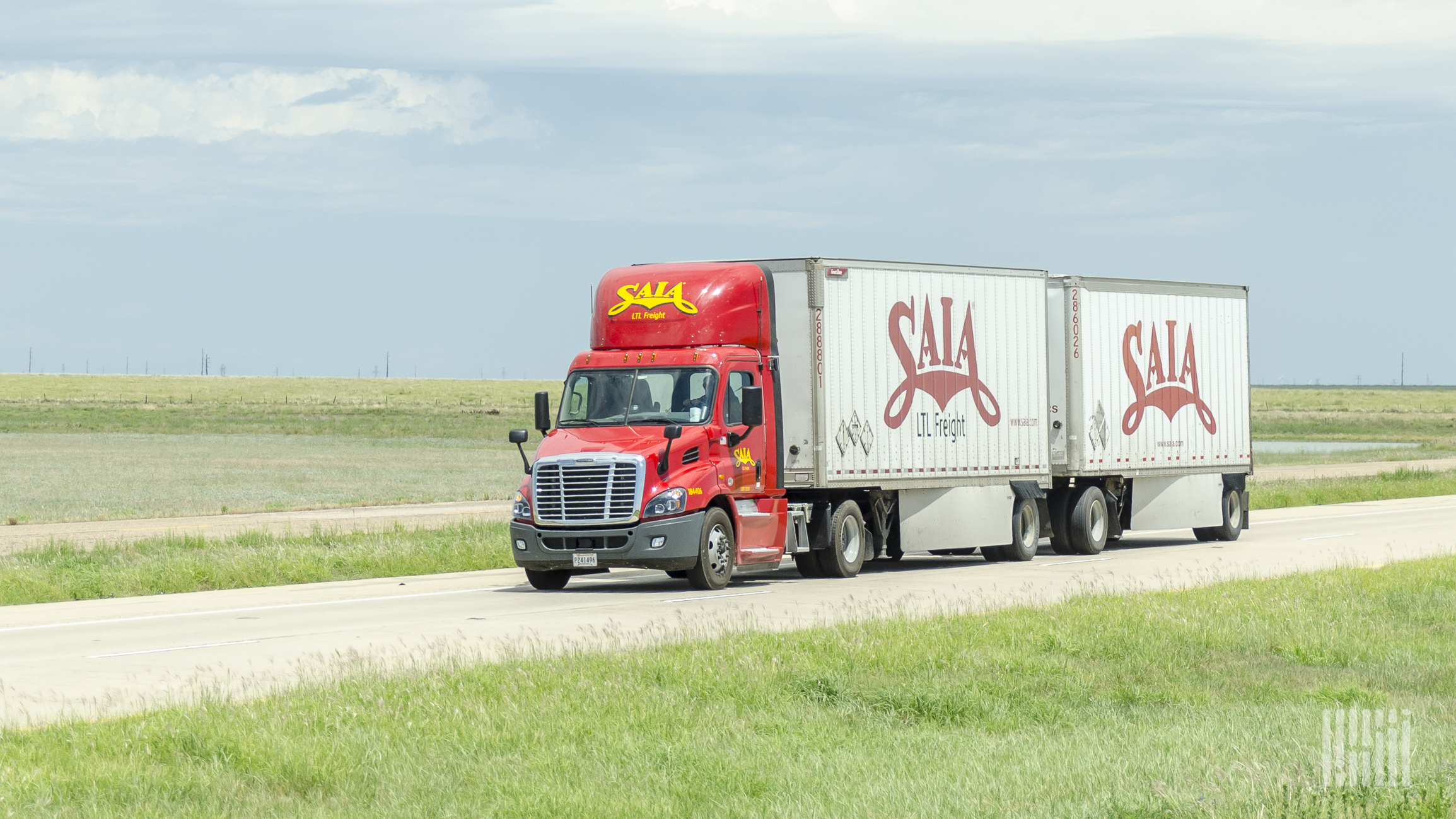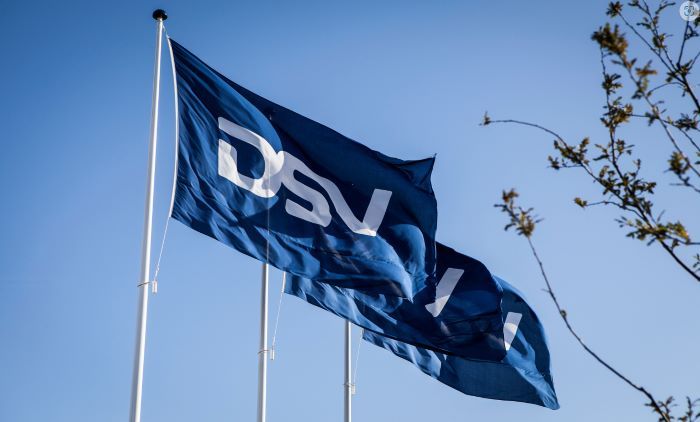Masterclass Recap: How to Go Direct and Ditch the Spot Market (Part 1)
Let’s be honest. If you’re still relying solely on the spot market to run your business in 2025, you’re not building a business—you’re gambling with your livelihood. I’ve said it before and I’ll say it again: The spot market load board is not a business model. It’s a temporary solution. In a recent Playbook Masterclass, […] The post Masterclass Recap: How to Go Direct and Ditch the Spot Market (Part 1) appeared first on FreightWaves.

Let’s be honest.
If you’re still relying solely on the spot market to run your business in 2025, you’re not building a business—you’re gambling with your livelihood.
I’ve said it before and I’ll say it again:
The spot market load board is not a business model. It’s a temporary solution.
In a recent Playbook Masterclass, we didn’t just talk about ditching the load board—we walked through how to break up with it the right way. Because for small carriers and owner-operators, securing direct freight isn’t just the holy grail… it’s the key to long-term survivability.
This recap is Part 1 of a two-part breakdown. In this part, we’ll focus on the mindset, the shift, and the groundwork you need to lay. Part 2 will dig into scripts, strategies, and the actual outbound sales process.
If you missed the Masterclass live, this one’s for you. But understand this: the blog only scratches the surface. If you’re serious about transitioning your fleet into a stable, direct-freight business, get inside the Playbook Masterclass. That’s where we show you the full blueprint.
Let’s get into it.
Why the Spot Market Will Let You Down Every Time
The spot market was never built for long-term success. It was built for overflow. For convenience. For coverage. And sure, during the post-pandemic boom, it felt like the promised land.
But the truth is, the spot market was inflated—just like stimulus checks and used truck prices. And now that reality has returned, it’s exposing every gap in your business model.
Here’s what’s happening if you’re still spot-heavy:
- You’re living off short-term loads with no long-term plan
- You have no pricing power or negotiating leverage
- You’re constantly reacting instead of preparing
- Your revenue swings wildly week to week
- You’re burning out your drivers with unpredictable schedules
It’s survival mode. And if you’ve been running like that for 12+ months, you’re already behind the curve.
What Direct Freight Really Means
When we say “direct freight,” most folks picture Fortune 500 shippers and huge contracts. But that’s not what we’re talking about.
Going direct means building relationships with:
- Small to mid-sized manufacturers
- Local distribution centers
- Regional food suppliers
- Packaging plants
- Equipment rental companies
- Small-batch logistics divisions inside larger operations
The point is: you don’t need Walmart—you need Walter’s Auto Parts out in Chattanooga who ships 23 pallets every Tuesday and Thursday. That’s direct. That’s repeatable. That’s dependable.
What Going Direct Actually Requires
This is where most people fall off.
Because direct freight isn’t easy. It’s not plug-and-play like a load board. It requires:
- Confidence in your numbers
- A carrier packet that speaks business
- A follow-up process
- A CRM or some type of lead tracker
- Communication skills
- Patience and persistence
Let me be real with you.
If you can’t confidently explain what lanes you run, what kind of freight you’re best at, and what makes your company different—you’re not ready to go direct. You’re not just selling space in a trailer. You’re selling consistency, control, and confidence.
Mindset Shift: From Freight Chaser to Freight Creator
One of the biggest breakthroughs in the Masterclass came when we reframed how you think about freight.
Spot market carriers are freight chasers. You wake up every morning, check five load boards, make 15 calls, and pray someone will offer something worth moving.
Direct carriers are freight creators. You build relationships. You identify gaps in your region. You pitch consistent availability. You understand what your truck is worth per day and build a network around that.
In short, you’re not waiting to get picked—you’re building your own team.
Example: The Carrier Who Turned 5 Cold Calls into a Weekly Lane
I shared this story during the session, but it bears repeating.
A Masterclass student out of Arkansas was running a dry van, fully dependent on DAT. Great driver. Solid equipment. But revenue was inconsistent, and deadhead was crushing him.
He did five cold calls in one afternoon.
- One was rude
- One hung up
- One said “send your packet” and never replied
- One said “we’ll keep you in mind”
- But the fifth?
The fifth was a small snack food distributor who just lost one of their local carriers. Within a week, he was moving two loads a week from Little Rock to Memphis at $700 a pop—plus return freight through a partner broker.
That was $5,600 in new monthly revenue from one cold call session.
Now he’s building his second direct lane, and he hasn’t touched a load board in three weeks.
Your Foundation: What You Need Before You Ever Pick Up the Phone
If you’re serious about making the switch, you need to prep like a pro.
Here’s the baseline:
Know Your Margins
You can’t negotiate rates if you don’t know your break-even point. If a shipper asks, “What’s your rate to move this weekly?” you can’t ballpark. You need precision.
- Cost per mile
- Revenue per hour
- Truck utilization per week
That’s your ammo.
Build a Clean Carrier Packet
I broke this down in our last blog, but I’ll say it again: your packet is your digital suit and tie. If it’s sloppy, incomplete, or confusing—you’re not getting a callback.
Nail Your Value Prop
If your pitch is “I have a truck and I’m available,” you’ve already lost.
Your value prop needs to sound like:
“We specialize in local and regional dry van freight. We’re based 12 miles from your DC and currently run 3-day-a-week dedicated routes. We prioritize service and transparency, and we’re looking to build a long-term relationship with 1-2 local shippers in the area.”
That’s what gets attention.
The Truth About Cold Calling
Let’s kill the fear right now.
Cold calling is uncomfortable because most carriers don’t know what to say. But that’s because they’re thinking about it wrong.
You’re not begging.
You’re offering a solution to a logistics coordinator who’s juggling a dozen carriers, late trucks, missing BOLs, and flaky drivers. If you come correct, you’re a relief, not a nuisance.
Here’s what we teach in the Playbook Masterclass:
- Start with a clear, confident intro:
“Hey [First Name], this is Tony with Xpress Freight out of Charlotte…” - Share your freight focus:
“We specialize in regional dry van freight—local 200-400 mile runs.” - Identify your reason for calling:
“I noticed you’ve got a facility in Spartanburg and we run that lane 3x per week…” - Ask for action:
“Would it make sense to send over our packet in case something opens up?”
Short. Respectful. Confident.
Why Most Carriers Never Make It Off the Board
Let me say this with love.
Most carriers won’t go direct—not because they can’t, but because they won’t slow down long enough to build the foundation.
They stay stuck in the spot market because:
- It’s easy
- It’s familiar
- It doesn’t require rejection
But familiarity doesn’t feed your family. And fear doesn’t pay your insurance note.
So they keep running bad freight, burning through drivers, and watching revenue drop month after month, hoping the market will “bounce back.”
Hope isn’t a strategy. A freight acquisition plan is.
Final Word
If you’re tired of the board, tired of the stress, and tired of being at the mercy of brokers every single day—this is your moment.
But it’s going to take work.
You’ll have to:
- Get uncomfortable
- Call people who don’t know you
- Present yourself like a business
- Track your numbers like an operator
- And follow up like you mean it
If you’re willing to do that, direct freight will change your business forever.
In Part 2 of this recap, we’re breaking down:
- How to build a cold call tracker
- What to say on your first follow-up
- How to transition from load board to shipper without dropping revenue
- And how to build trust before the first load ever moves
But if you’re ready to start right now? Inside the Playbook Masterclass, we’re handing out the scripts, trackers, pitch decks, and templates we use with real carriers every day.
Because you don’t need luck to get off the board—you need a plan.
And that’s what we do.
The post Masterclass Recap: How to Go Direct and Ditch the Spot Market (Part 1) appeared first on FreightWaves.






















































































































































